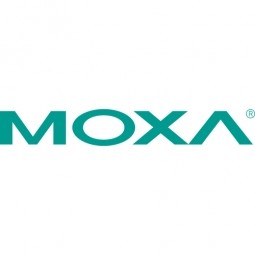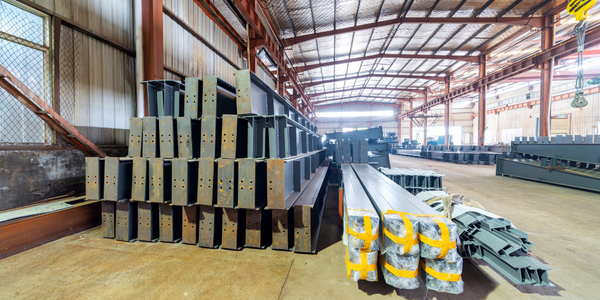One of the largest steel factories in China needed proper communication control units for data processing and protocol conversion with the devices at remote field sites. These computers would replace the IPCs and can easily create a distributed system at the front-end site with a centralized management platform at the back-end control center. This stainless steel factory has deployed a power substation system that contains several subsystems. Each subsystem uses smart meters, and needs to optimize resources, centralize management, and enhance efficiency. In addition, all distributed smart meters at the field site need to be centrally monitored and managed by a system called the “CCMS3000 central management system”, located at the control center. Each 35KV/10KV substation communicates with the back-end server via Intranet, and manages the centralized management and monitoring of the 35KV/10KV. The entire system aims to optimize the power network management and maintenance cost, enhance power distribution quality and management, and deliver real-time discovery, analysis, recording, and handling of problems. The CCMS300 central management system is expected to bring reliability to real-time monitoring of the operation status of all devices at the substations. It needs to perform several tasks, such as analyzing historical workload, power consumption, and system balance, as well as enhance system or device operation efficiency. This system includes four subsystems: Factory 1: Main Station: A communication cabinet includes a telecommunication control unit (DA-662), a switch, 2 optical transceivers, and communication units. Station C: A communication cabinet includes a serial device server (NPort 5430), an optical transceiver, and communication units. Station D: A communication cabinet includes a serial device server (NPort 5430), an optical transceiver, and communication units. The telecommunication control unit (DA-662) is responsible for collecting and controlling all data from stations A, B, C, D, E, and the water station from Factory 1. Factory 2: Main Station: A communication cabinet includes a telecommunication control unit (DA-662), and various communication units. This DA-662 is responsible for collecting and controlling all data from stations G, K, and the water station from Factory 1. Hot-rolled Factory: Main Station: A communication cabinet includes a telecommunication control unit (DA-662), a switch, an optical transceiver, and communication units. Substation: A communication cabinet includes a serial device server (NPort 5430), an optical transceiver, and communication units. The DA-662 is responsible for collecting and controlling all data from the hot-rolled factory and the hot-rolled water station. Cold-rolled Factory: Main Station: A communication cabinet includes a telecommunication control unit (DA-662), a switch, an optical transceiver, and communication units. Substation: A communication cabinet includes a serial device server (NPort 5430), an optical transceiver, and communication units. The DA-662 is responsible for collecting and controlling all data from the cold-rolled factory and the cold-rolled water station. The communication between the DA-662 and the back-end server is based on the TCP/IP IEC 106 protocol. System Requirements • Centralized and stable management platform for the distributed system • Front-end data processing for the field site devices • Protocol conversion among Modbus, DLT645, and TCP/IP IEC 104 • Redundant network architecture for continuous system operation • Easy integration with other communication system • Long MTBF to enhance system reliability
Read More




